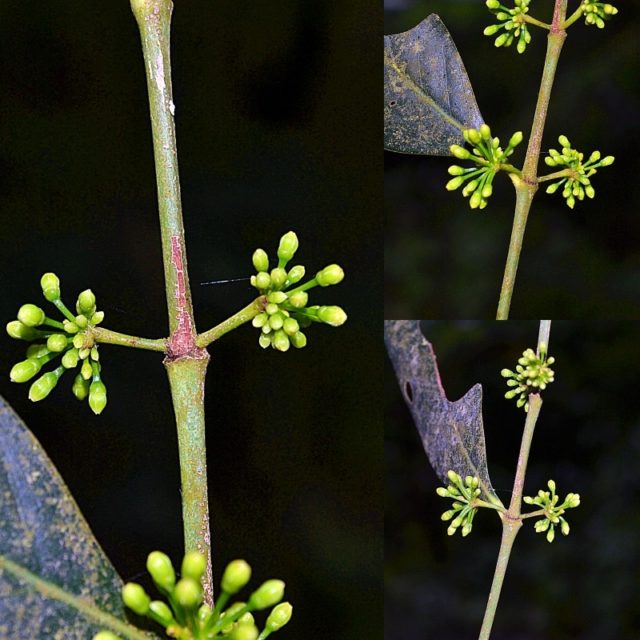CITY OF SAN FERNANDO – After three years of botanical exploration, a team of researchers from the Angeles University Foundation (AUF) in Angeles City and the University of Sto. Tomas in Manila discovered a new plant species – the Pyrostria arayatensis.
The new species of plant was discovered in the 3,715-hectare Mount Arayat National Park (MANP) in this province.
Researchers Dr. Marlon Suba, Dr. Axel Arriola, Dr. Grecebio Jonathan Alejandro, Nicolas Raphael Arcangel, Jomari Jalipa, Joaquim Gerardo Jurilla, and Jose Manuel Villasenor discovered the new species in the lowland forest of the MANP while conducting a botanical study.
According to Dr. Suba, the newly-discovered species belongs to the family Rubiaceae and is endemic to the Philippines, adding that the study was part of his dissertation in the UST and was published in the international scientific journal of Annales Botanici Fennici on August 10, 2020.
In the Philippines, Pyrostria is currently represented by P. elmeri, P. obovatifolia, P. oligophlebia, P. ramosii, P. subsessilifolia and P. trifloral, while the conservation status of P. arayatensis is still unknown, the study stated.
Paquito Moreno, Jr., executive director of the Department of Environment and Natural Resources (DENR) in Central Luzon, said the discovery of the new plant species is an indicator that MANP has sustained its healthy biological diversity, as rare native plants continuously grow in the area.
“Even at the very start when this group of researchers applied for a gratuitous permit to do their research in the area, we were positive that something good and noble would come out of this,” Moreno said, adding that preserving the ecological value of MANP is among the priorities of the DENR here, since diverse flora and fauna flourishes in this mountain while serving as a natural habitat to rare and threatened species of plants and animals.
He also reminded the public that not all could do bioprospecting, exploration and scientific research on wildlife in a protected area, unless they secure a gratuitous permit or clearance from the Protected Area Management Board—the governing body in charge of the management and operations of the protected area.
The DENR urged the public to protect and conserve the MANP as an important ecosystem in the Central Luzon region and that any disturbances that threaten its biodiversity is strictly prohibited under Republic Act 11038 or the Expanded National Integrated Protected Areas System (ENIPAS) Act of 2018.
Poaching any wildlife, cutting, and transportation of timber and forest products and illegal occupation of lands within the protected area are just some of the activities not tolerated by the ENIPAS law, and any person found violating its provisions may be penalized or imprisoned, Moreno said.
Statistics show that MANP is home to 49 species of trees and plants, 86 species of birds, 14 species of mammals, and 11 species of reptiles. Of these, two species of plants are endemic, the Flame Tree (Brachychiton acerifolius) and the Chamberlain’s Pitogo (Cycas chamberlaini).
In 1933, Presidential Proclamation No. 594 was signed by former President Manuel L. Quezon establishing Mt. Arayat as a national park.
Today, MANP is among the initial components of the National Integrated Protected Area System (NIPAS) Act of 1992 or Republic Act No. 7586. It has been endorsed already for legislation through House Bill No. 4420, establishing MANP as a protected landscape, sponsored by Pampanga 3rd District Representative Aurelio “Dong” Gonzales, Jr.
The bill will further strengthen conservation efforts in the area and will tap local communities as partners in the protection of MANP.




